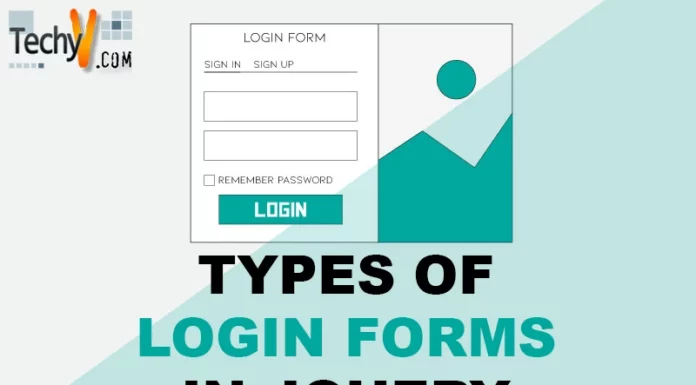All the data which is collected in the various business systems of an enterprise are stored in a federated repository which is called as Data warehouse. Process in which constructing and using of a data warehouse happens is known as Data Warehousing. It may deal with both logical and physical data. Integration of collected data from various heterogeneous sources helps in the construction of Data warehouse. Ad hoc queries, analytical reporting, decision making, organizing and structuring of data are supported by Data Warehousing tools. Data cleaning, Data consolidations, and Data integration are involved in Data warehousing.
What does Teradata mean?
To manage such operations of large data warehousing, Teradata Corp. introduced a relational database management system which is fully scalable called Teradata. The main motto of it is to manage the data warehousing operations.
Communication network which is combined with the multiprocessing technology builds the off-the-shelf symmetric based Teradata database system. To form large processing systems work in parallel, it connects symmetric multiprocessing systems together.
Large amounts of simultaneous requests from multiple client applications are accepted and handled by the Teradata which is a single data store. The main features of Teradata include high scalability, with the help of maximum of 256 joins,, complex queries are executed, load is shared among the several users during parallelism of the tasks, parallel efficiency, etc.
To support communication management, there are different components included in the Teradata database system that are Teradata Director Program (TDP), level interface (CLI), Micro TDP, open database connectivity, and CallWinCLI. Components of the client software of the Teradata include CLI, basic Teradata query, TDP, ODBC, Multi load, query man, fast load, Tpump, Archive, Fast Export, WinDDI, Open Teradata Backup and the Teradata Manager.
What is the Teradata Database?
• It is an open system that runs on server platforms such as Windows or UNIX MP-RAS
• Various clients platforms and their concurrent users are always supported by the Teradata.
• Teradata is compatible and supports all the industry standards
• It follows parallelism and it is built on a parallel architecture.
Why Teradata?
There are any reasons why Teradata is being mostly used as it is Concurrent, Basic, using SQL, it supports ad-hoc queries, Customer Relationship, when compared to its competitors, it provides more larger warehouse data, reduces the use of query tuning to run a query as it provides a parallel-aware Optimizer, supports Data Warehousings, designed and built with the concept of parallelism, reorganizations and complex indexing schemes are eliminated as they are time consuming with the help of even and automatic data distribution, without compromising on the performance, it can manage data from 100 gigabits to more than 100 petabytes on a single system, manages scalability, complex and multiple queries can be handles and solved by the Teradata Database, though there are concurrent users.
Teradata Database can be used in
• Data marts • Internet and E¬Business
• Active data warehousing
• Customer relationship management
• Enterprise data warehousing


















